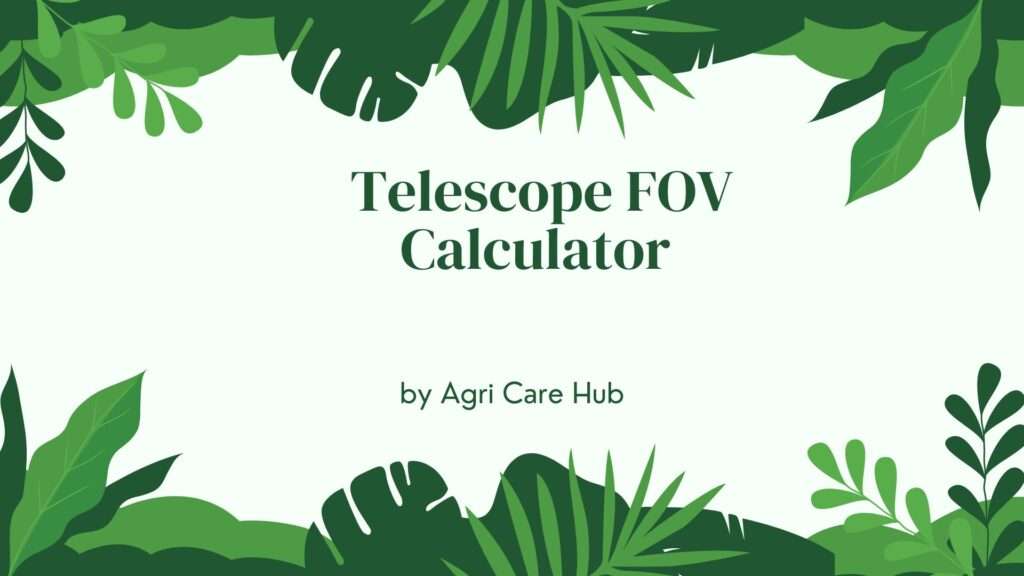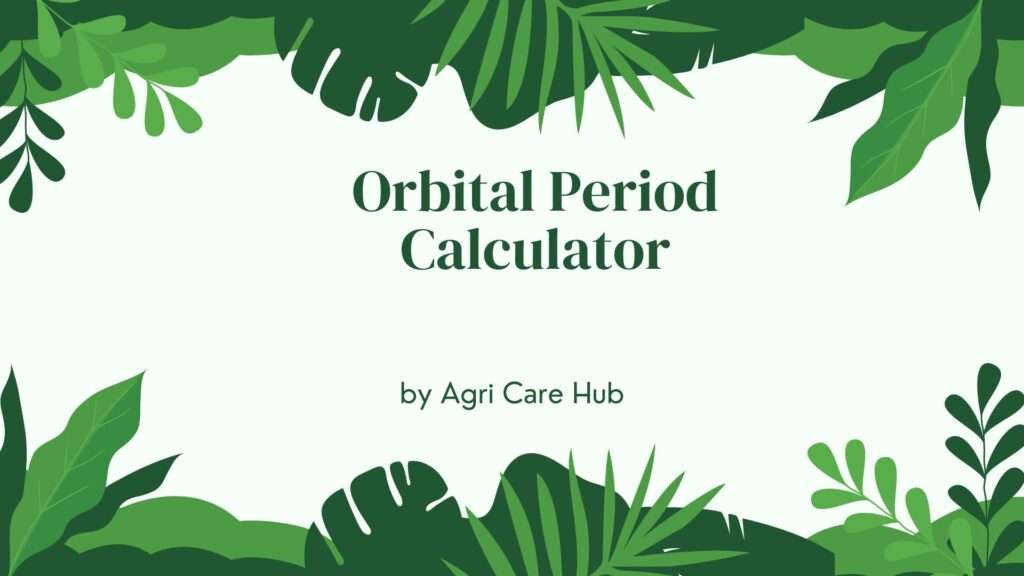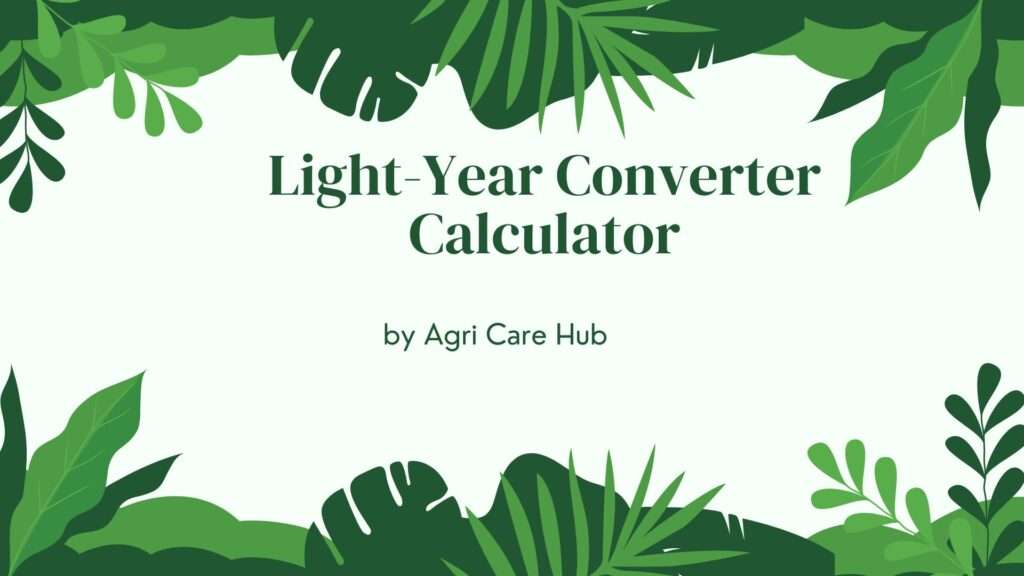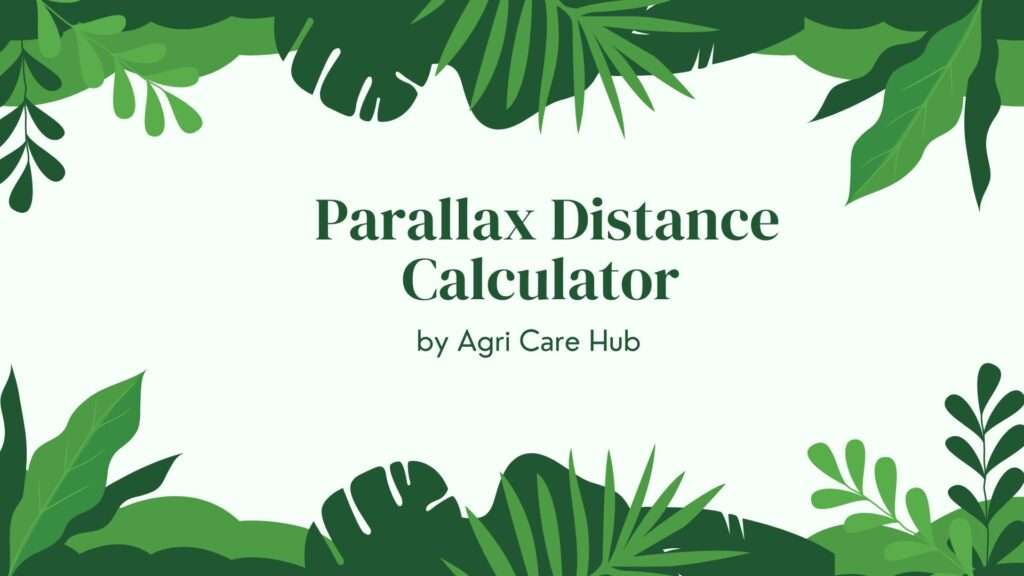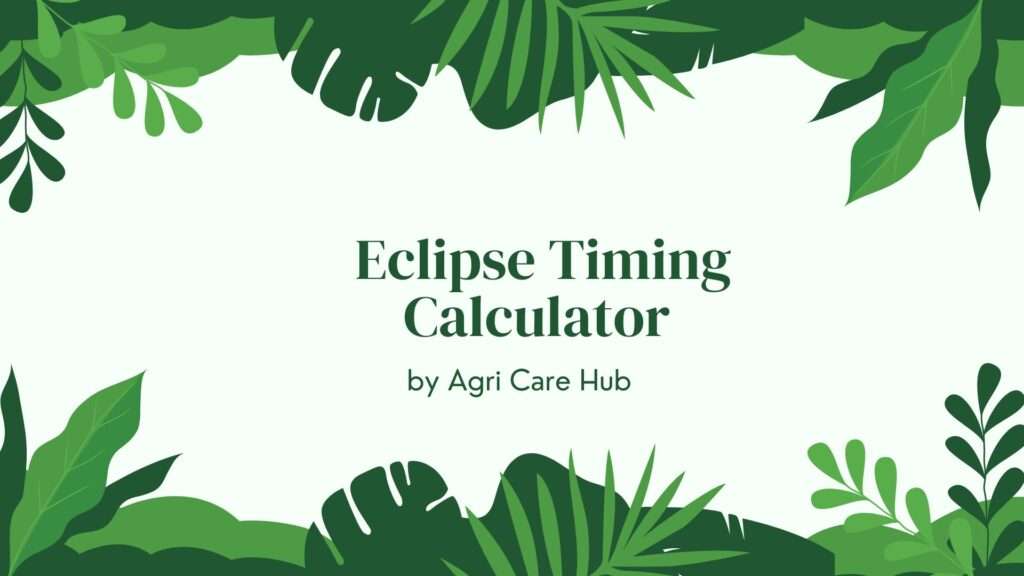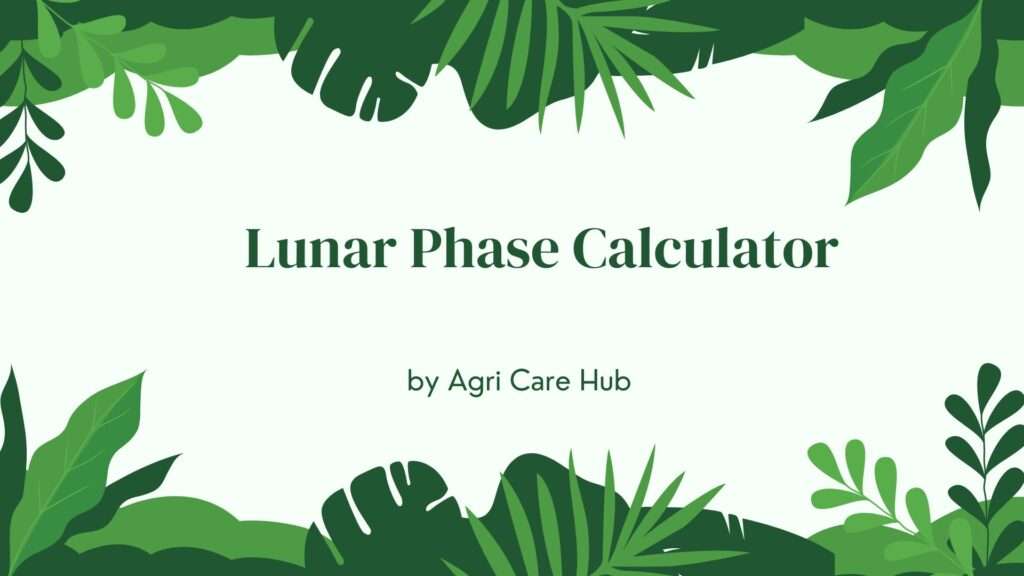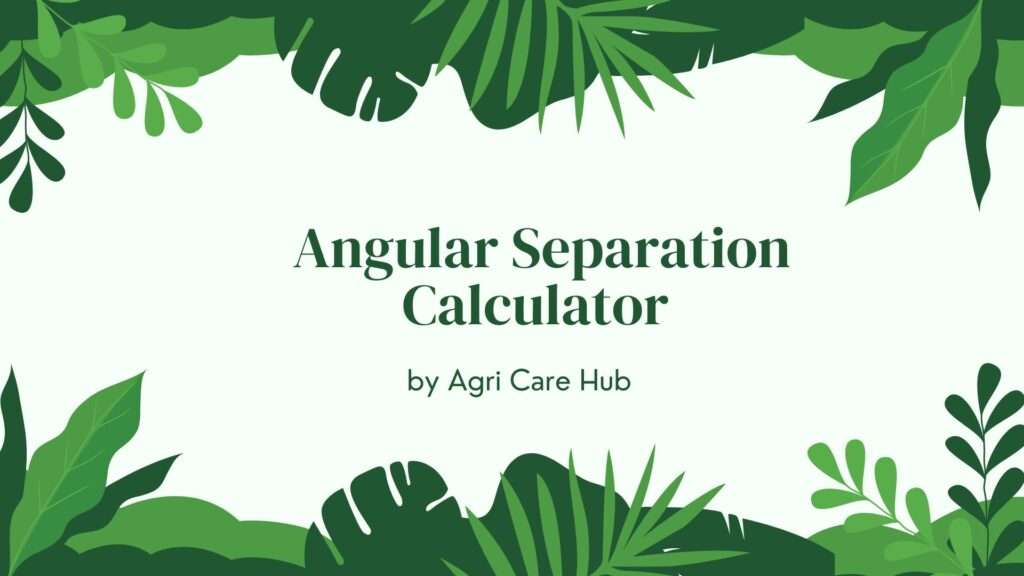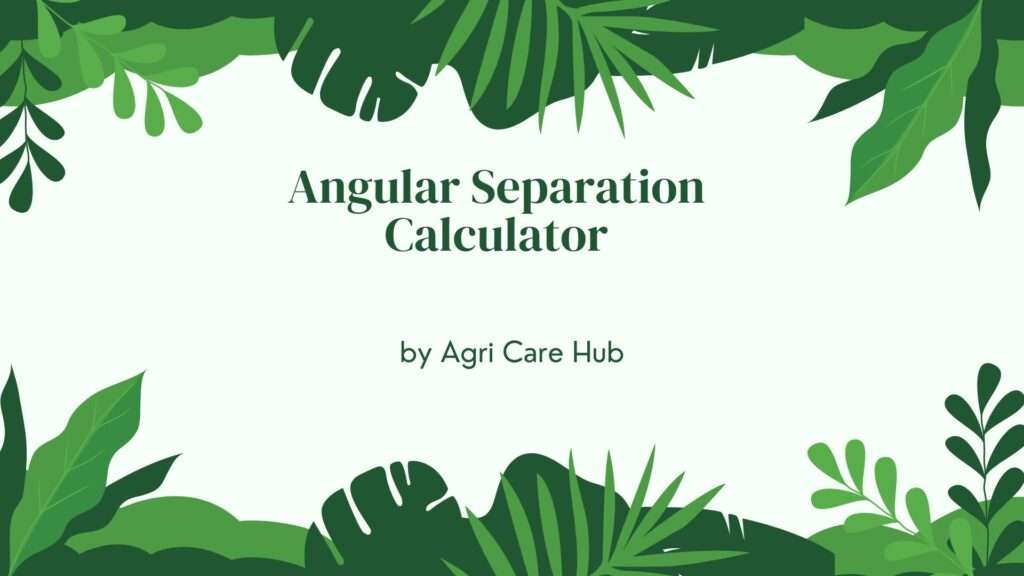Orbital Resonance Calculator
Calculate Orbital Resonance
Enter the orbital periods and click calculate to see the resonance ratio.
About the Orbital Resonance Calculator
The Orbital Resonance Calculator is a specialized tool designed to compute the resonance ratio between two celestial bodies based on their orbital periods. Orbital resonance occurs when orbiting bodies exert regular, periodic gravitational influences on each other, resulting in synchronized orbits. This phenomenon is critical in understanding the dynamics of planetary systems, moons, and asteroids. By inputting the orbital periods of two bodies, this calculator provides the resonance ratio, helping users explore the gravitational relationships that shape celestial mechanics. For more details, visit the Orbital Resonance page on Wikipedia or explore related tools at Agri Care Hub.
Importance of the Orbital Resonance Calculator
Understanding orbital resonance is fundamental in astronomy and astrophysics. The Orbital Resonance Calculator simplifies the process of determining whether two celestial bodies are in resonance, which can reveal insights into their stability and long-term orbital behavior. For instance, the 3:2 resonance between Pluto and Neptune ensures that their orbits are stable despite crossing paths. Similarly, the 2:1 resonance between Jupiter’s moons Io and Europa drives significant geological activity due to tidal forces. This tool is essential for astronomers, students, and enthusiasts studying planetary systems, satellite dynamics, or asteroid belts, providing a precise and scientifically grounded method to analyze orbital interactions.
Purpose of the Orbital Resonance Calculator
The primary purpose of the Orbital Resonance Calculator is to enable users to calculate the resonance ratio between two orbiting bodies accurately. By using the ratio of their orbital periods, the tool identifies whether the bodies are in a mean-motion resonance, such as 2:1, 3:2, or 4:1, which are common in our Solar System. This information is crucial for understanding how gravitational interactions stabilize or destabilize orbits, influence tidal heating, and affect the evolution of planetary systems. The calculator is designed to be user-friendly, ensuring that both professionals and amateurs can explore these complex dynamics with ease.
Why You Should Use the Orbital Resonance Calculator
The Orbital Resonance Calculator is an invaluable resource for anyone interested in celestial mechanics. Here are key reasons to use it:
- Accuracy: The calculator uses precise mathematical formulas derived from Kepler’s laws and mean-motion resonance principles, ensuring reliable results.
- Educational Value: It serves as an excellent learning tool for students studying astronomy, physics, or planetary science, helping them visualize and understand resonance phenomena.
- Research Support: Astronomers and researchers can use this tool to quickly verify resonance ratios in their studies of exoplanetary systems or Solar System dynamics.
- Accessibility: The intuitive interface makes it easy for non-experts to explore complex astronomical concepts without requiring advanced mathematical skills.
- Exploration: Enthusiasts can experiment with hypothetical orbital periods to understand potential resonances in fictional or newly discovered systems.
Whether you’re analyzing the moons of Jupiter or exploring exoplanet systems, this tool provides a reliable way to study orbital dynamics. Visit Agri Care Hub for more scientific tools and resources.
When to Use the Orbital Resonance Calculator
The Orbital Resonance Calculator is ideal for various scenarios, including:
- Studying Solar System Dynamics: Use the calculator to analyze resonances between planets, moons, or asteroids, such as the 3:2 resonance between Pluto and Neptune or the 4:2:1 resonance among Jupiter’s Galilean moons.
- Exoplanet Research: Investigate potential resonances in exoplanetary systems to understand their orbital stability and habitability.
- Educational Projects: Students can use the tool for assignments or projects related to celestial mechanics, gaining hands-on experience with real astronomical calculations.
- Astrophysical Modeling: Researchers can input orbital periods from observational data to confirm or predict resonance relationships in theoretical models.
- Amateur Astronomy: Hobbyists can explore the dynamics of known or hypothetical systems, enhancing their understanding of orbital mechanics.
The calculator is particularly useful when precise measurements of orbital periods are available, allowing users to confirm resonance ratios with high accuracy. For further reading, check the Orbital Resonance page.
User Guidelines for the Orbital Resonance Calculator
To ensure accurate and meaningful results when using the Orbital Resonance Calculator, follow these guidelines:
- Input Accurate Orbital Periods: Enter the orbital periods of the two celestial bodies in days. Ensure the values are precise, as small errors can significantly affect the resonance ratio.
- Use Positive Values: Orbital periods must be positive numbers. Negative or zero values will result in an error message.
- Understand the Output: The calculator provides the resonance ratio (e.g., 2:1, 3:2) and indicates whether the bodies are in resonance. A ratio close to a simple integer fraction suggests a potential resonance.
- Verify Data Sources: Use reliable sources for orbital periods, such as NASA’s Jet Propulsion Laboratory or peer-reviewed astronomical databases.
- Interpret Results Contextually: A resonance ratio alone does not confirm a physical resonance; consider additional factors like orbital eccentricity and system dynamics.
- Clear Inputs for New Calculations: Reset the input fields before performing a new calculation to avoid errors.
By following these guidelines, users can maximize the calculator’s utility and obtain trustworthy results for their astronomical inquiries.
Scientific Basis of the Orbital Resonance Calculator
The Orbital Resonance Calculator is grounded in the principles of celestial mechanics, specifically mean-motion resonance. Orbital resonance occurs when the orbital periods of two bodies form a simple integer ratio, leading to periodic gravitational interactions. The calculator uses the following formula to determine the resonance ratio:
Resonance Ratio = P₁ / P₂
Where:
- P₁ is the orbital period of the first body (in days).
- P₂ is the orbital period of the second body (in days).
The calculator simplifies this ratio to the nearest integer fraction (e.g., 2:1, 3:2) by finding the greatest common divisor (GCD) of the numerator and denominator. This method is based on Kepler’s Third Law, which relates orbital periods to semi-major axes:
P² ∝ a³
Where:
- P is the orbital period.
- a is the semi-major axis of the orbit.
For two bodies in resonance, their orbital periods satisfy:
(P₁ / P₂) = (n / m)
Where n and m are integers, indicating a resonance like 2:1 or 3:2. The calculator checks if the ratio is close to a simple fraction within a tolerance of 0.01 to account for observational uncertainties. This approach ensures the tool adheres to established scientific principles, providing accurate and reliable results.
For example, the Galilean moons of Jupiter exhibit a 4:2:1 resonance (Io:Europa:Ganymede). Their orbital periods are approximately 1.769 days (Io), 3.551 days (Europa), and 7.155 days (Ganymede). The calculator would compute:
- Europa/Io = 3.551 / 1.769 ≈ 2.008 (close to 2:1)
- Ganymede/Europa = 7.155 / 3.551 ≈ 2.014 (close to 2:1)
These ratios confirm the resonant relationship, which the calculator accurately identifies.
Applications in Astronomy
The Orbital Resonance Calculator has wide-ranging applications in astronomy:
- Planetary Systems: Analyze resonances in multi-planet systems to assess orbital stability and predict long-term dynamics.
- Satellite Systems: Study moon systems, such as those of Jupiter and Saturn, where resonances drive tidal heating and geological activity.
- Asteroid Belts: Investigate resonances with Jupiter that create Kirkwood gaps in the asteroid belt.
- Exoplanet Studies: Confirm resonances in exoplanetary systems, which can indicate system formation and evolution processes.
- Educational Outreach: Provide a hands-on tool for teaching students about orbital mechanics and gravitational interactions.
By offering a user-friendly interface and precise calculations, the Orbital Resonance Calculator bridges the gap between complex astronomical concepts and practical application, making it an essential tool for both professionals and enthusiasts.
Limitations and Considerations
While the Orbital Resonance Calculator is highly accurate, users should be aware of its limitations:
- Input Precision: The accuracy of the resonance ratio depends on the precision of the input orbital periods. Small errors can lead to incorrect ratios.
- Simplified Model: The calculator assumes circular orbits and does not account for eccentricities or perturbations, which can affect real-world resonances.
- Contextual Interpretation: A near-integer ratio does not always confirm a physical resonance; additional data (e.g., orbital inclinations) are needed for confirmation.
- Scope: The tool focuses on mean-motion resonances and does not calculate other types, such as spin-orbit resonances.
Despite these limitations, the calculator remains a powerful tool for initial resonance analysis and educational purposes.
Conclusion
The Orbital Resonance Calculator is a vital tool for anyone interested in exploring the fascinating world of celestial mechanics. By providing accurate resonance ratios based on orbital periods, it enables users to understand the gravitational interactions that shape planetary and satellite systems. Whether you’re a student, researcher, or astronomy enthusiast, this tool offers a user-friendly and scientifically robust way to analyze orbital resonances. For additional resources and tools, visit Agri Care Hub and explore the Orbital Resonance page for deeper insights into this phenomenon.


